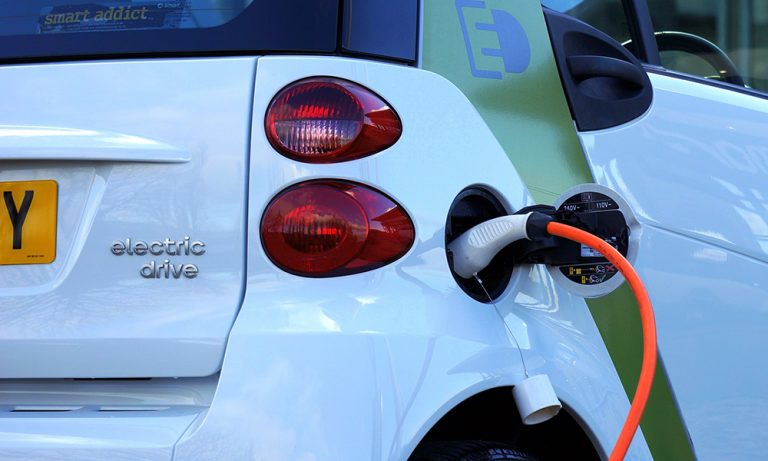Pollution is increasingly seen as a major downside to traditional automobiles. According to the United States Environmental Protection Agency (EPA), a typical passenger vehicle emits around 4.6 metric tons of carbon dioxide a year. This number depends on the vehicle and other factors. The negative impact of traditional combustion engine-powered cars on the environment is great. Nevertheless, car manufacturers have found a potential solution.
Electric vehicles (EVs) have existed for some time. According to the U.S. Department of Energy, the first crude electric car was made in 1832. However, it wasn’t until the 2010s when EVs were mass produced by car manufacturers. It wasn’t until this time when EVs started to gain popularity among the public and thought of as a greener alternative to combustion engines. In 2010, EVs had a 0% market share in the global automobile market. Nevertheless, sales did increase over the coming years. In 2020, around 3.24 million EVs were sold globally. Now, EVs have a 4.4% market share. While it may not seem like much, it is a big leap forward, both in terms of technological advancement and environmentally sustainable transportation.
There are many reasons as to why the public is more open to owning EVs. First, EVs are becoming more affordable for the average consumer. The average price of EVs is getting closer to $35,000. Tesla’s base Model 3 costs $39,990, around the same price of an average combustion engine car. Also, air quality regulations are getting stricter worldwide. In Europe, China and the U.S., emissions standards have tightened. Some countries have promised to phase out internal-combustion-engine sales completely. Advancements in technology for EVs have also made them more appealing. Batteries are cheaper and easier to produce now than in the past and EVs have a greater range than before, with most having a range between 100-250 miles. Some future EVs are predicted to have a range of more than 500 miles.
The EV industry is an emerging market. While it is fairly new, it operates like the rest of the automobile industry with some differences here and there. However, those differences are sometimes paramount to a journalist’s reporting. Here are some tips and resources when reporting on the issue of EVs.
EVs, like any other automobile, are centered around consumer behavior. Consumers have many wants when considering buying an EV. Research those wants and answer the questions they have. What EVs are best for me? Is there anything that I have to consider when buying an EV? Which auto manufacturers actually manufacture EVs? Are there any external factors that will deter me from buying an EV?
EVs, while a possible solution to solve pollution, come with their own downsides. EVs don’t need gasoline to operate; they need electricity. This opens up a new problem for individuals, communities and cities: charging infrastructure.
According to CNBC, there are around 41,400 charging stations in the U.S. However, that is insignificant compared to the estimated 168,000 gas stations in the country. This creates worries about the feasibility of out-of-city travel. Moreover, charging stations need to pull electricity from the grid. This creates new problems on the capacity of the electrical grid and whether it will be enough for EVs. To add on, these projects will be costly to implement. Some also question whether EVs will actually offset pollution because of these new issues.
Also, consider the track record of car companies and their ventures with EVs. Some, like Tesla, are only focused on producing EVs. This can lead to a better EV product for consumers. Others are just starting to manufacture EVs, like Hyundai’s Ioniq sub-brand. While inexperienced, these companies have capital and are invested in making EVs. Showing this difference will tell your audience that while each company has a different starting point, they are all trying to make a product that consumers will like and will be sustainable.
To add on, consider countries’ positions on EVs. EVs are seen differently in different parts of the world. Show these particularities to the audience who, most likely, are in different parts of the world. Some regions, like Europe and China, heavily subsidize EVs to encourage the consumption of electric cars. Others, like in the U.S., only go as far as provide a tax credit that is temporary. It is important to show these differing positions so that the audience understands that the treatment of the EV industry differs.
Lastly, to get data on EVs, stances on the industry, and their impact, use official company websites and trustworthy sources, such as government websites. The International Energy Agency is a great source for researching EVs. The U.S. Department of Energy as well as the U.S. Environmental Protection Agency are resources that are filled with information on EVs. Utilize these sources to make a thorough report.
For a more in-depth look at the EV industry, look over the infographic below. Sources used are underlined.











